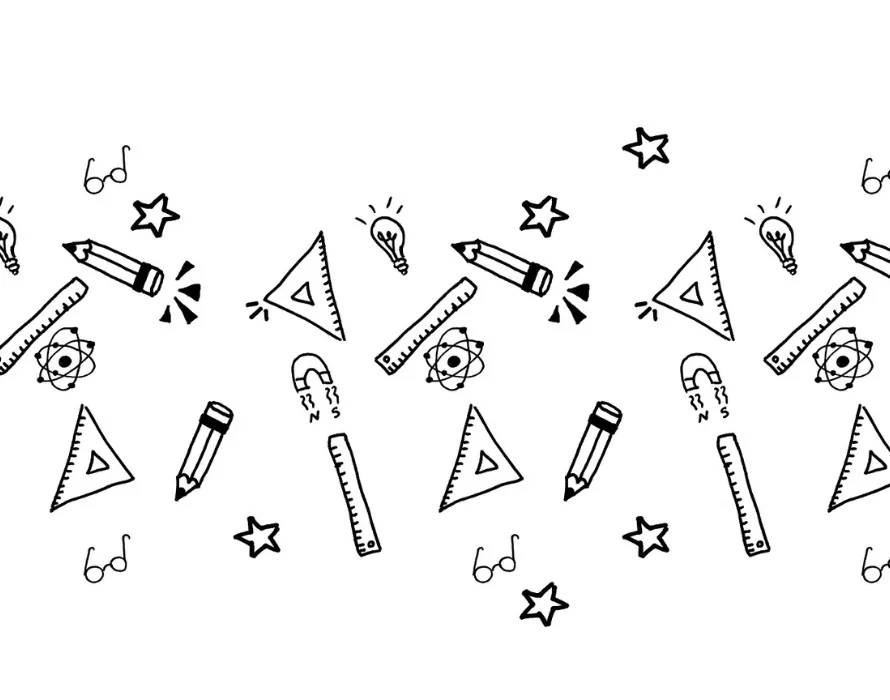Mensuration is a fundamental branch of geometry that focuses on measuring geometric figures’ area, volume, and perimeter. It plays a crucial role in various disciplines, including architecture, engineering, and everyday problem-solving.
This article explores the essentials of mensuration, detailing formulas, practical applications, and tips to master this mathematical skill.
Table of Contents
What is Mensuration?
Mensuration serves as the backbone of geometry, allowing us to quantify spaces and shapes in both two and three dimensions. Whether calculating the area of a park, the volume of a tank, or the perimeter of a garden, mensuration provides the tools we need to solve these problems effectively.
In this article, we’ll break down the concepts, highlight essential formulas, and explore how to apply them in real-life scenarios.
Basics of Mensuration
Mensuration is the mathematical study of measuring geometric figures’ dimensions, including length, breadth, height, area, and volume.
The subject is divided into two main categories:
- 2D Shapes: Flat shapes like squares, circles, and triangles.
- 3D Shapes: Solid objects like cubes, spheres, and cones.
Mensuration has practical applications in industries like construction, design, and technology. It is indispensable for determining how much paint is needed for a wall and calculating the water volume in a pool.
Mensuration in Geometry
Geometry provides a framework to understand the shapes and structures around us, while mensuration focuses on their measurement. Mensuration enables accurate calculations, transforming abstract shapes into practical data.
For instance:
- A civil engineer uses mensuration to design bridges.
- A landscaper measures plots of land to design efficient layouts.
- An architect calculates areas and volumes to create structural designs.
Mensuration Formulas for 2D Figures
Understanding 2D shapes is the starting point for mastering mensuration. Below are common formulas:
| Shape | Area Formula | Perimeter Formula |
|---|---|---|
| Square | Area=$a^2$ | Perimeter=$4a$ |
| Rectangle | Area=$l×b$ | Perimeter=$2(l+b)$ |
| Circle | Area=$πr^2$ | Circumference=$2πr$ |
| Triangle | Area=$\frac{1}{2}bh$ | Perimeter=$a+b+c$ |
Formulas for 3D Figures
3D shapes add another dimension—literally! Here’s how to compute their volume and surface area:
| Shape | Volume Formula | Surface Area Formula |
|---|---|---|
| Cube | Volume=$a^3$ | Surface Area=$6a^2$ |
| Cylinder | Volume=$πr^2h$ | Surface Area=$2πr(r+h)$ |
| Sphere | Volume=$\frac{4}{3}πr^3$ | Surface Area=$4πr^2$ |
| Cone | Volume=$\frac{1}{3}πr^2h$ | Surface Area=$πr(l+r)$ |
Remember Mensuration formulas for LSA, TSA, and Volume of a cube with this trick
Let’s start with something simple: imagine a square.
What do we know about squares?
All four sides are the same length.
Now, if we want to find the area of this square, we just multiply one side by itself.
That gives us:
Area of a square=$a×a$ or $a^2$,
where $a$ is the length of the side.
Now, let’s move from 2D to 3D and think about a cube.
A cube is essentially a square stretched into the third dimension.
First, let’s calculate the Lateral Surface Area (LSA) of a cube.
To do this, imagine removing the top and bottom of the cube.
What’s left?
The four vertical faces, right?
And each face is a square.
If one square’s area is $a^2$, then the total area of the four remaining squares is:
$4×a^2$ or $4a^2$.
That’s why the formula for the LSA of a cube is:
$4a^2$.
Next, let’s calculate the Total Surface Area (TSA).
This time, we’re considering all six faces of the cube—the four vertical sides, plus the top and bottom.
Each face is a square with an area of $a^2$.
So for six faces, the total area is:
$6×a^2$ or $6a^2$.
And that’s the formula for the TSA of a cube:
$6a^2$.
Now, let’s talk about the volume of a cube.
This is where it gets interesting.
Picture a square lying flat on a surface.
Now imagine stacking identical squares directly on top of it, one at a time, until you’ve built up a cube.
What’s different between the square and the cube?
The height, right?
Since it’s a cube, the height is the same as the side length, $a$.
To calculate the volume, we multiply the square’s area by its height:
Volume=length×breadth×height,or $a×a×a$,or $a^3$.
So, the volume of a cube is:
$a^3$
Does that make sense?
Each step builds on the last, and it all comes back to understanding the square at its core!
Tips for Solving Mensuration Problems
- Visualize the Shape: Sketching the figure often clarifies calculations.
- Use Units Consistently: Ensure uniformity in measurements (e.g., cm, m).
- Break Down Complex Shapes: Split them into simpler 2D or 3D parts.
Conclusion
Mensuration bridges the gap between theoretical mathematics and practical applications, making it a vital skill in numerous fields. From solving simple everyday problems to contributing to complex engineering projects, the power of mensuration cannot be overstated.
Mastering this subject equips you with tools to measure, analyze, and innovate in any domain.


